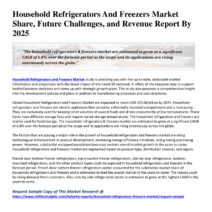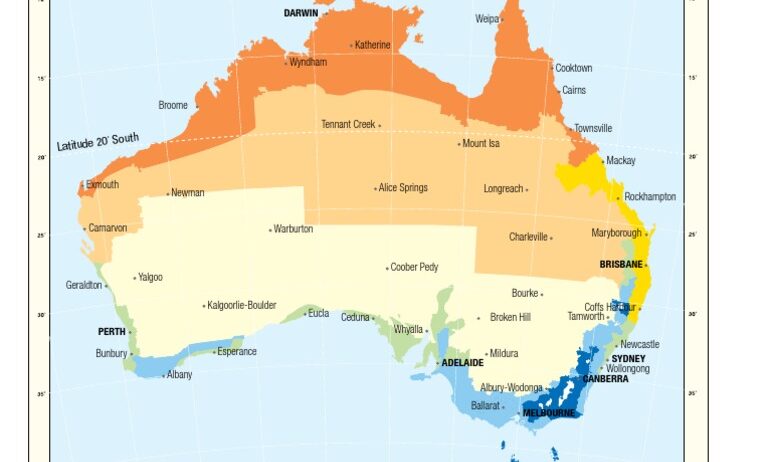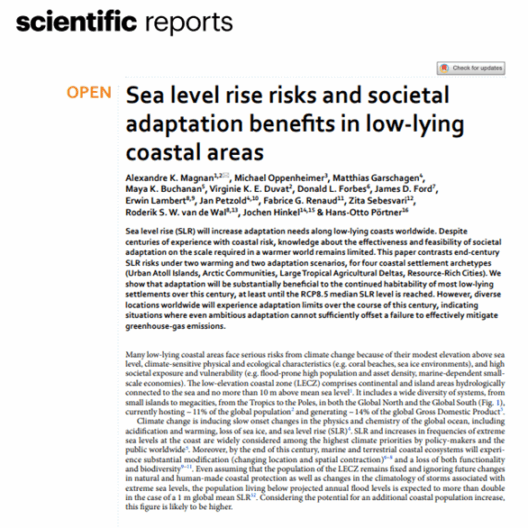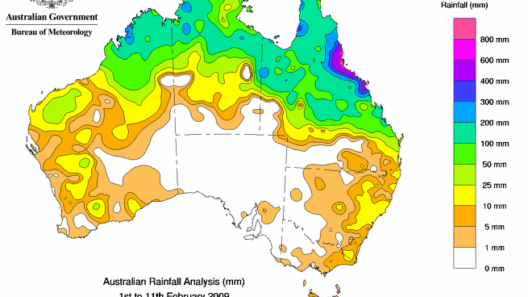Understanding the climate zone you inhabit is not merely an academic exercise; it serves as a lens through which we can perceive our environment, anticipate seasonal changes, and even select appropriate flora for our gardens. As you stand amid your familiar surroundings, have you ever asked yourself, “What climate zone am I in?” This seemingly simple question opens an avenue to greater ecological awareness and personal connection with your locale.
The intricate mesh of factors that delineate climate zones encompasses temperature, precipitation patterns, and vegetation types. These elements coalesce to create ecosystems characterized by distinctive flora and fauna. From verdant rainforests bursting with biodiversity to arid deserts that challenge the limits of life, each climate zone boasts its own aesthetic allure and fascinating characteristics.
Climate zones can be broadly classified into several categories, with each encompassing a variety of subcategories that reflect localized conditions. Understanding where you fit into this spectrum empowers you to appreciate the secret life of your environment.
In the pursuit of clarifying your climate zone, several resources and methodologies can illuminate your path. Among these, the Köppen climate classification system remains a paragon of clarity. This system leverages temperature and precipitation data, establishing a point of reference that allows individuals to locate their position within the extensive climate map. Armed with the knowledge of your climate zone, you may uncover unique opportunities for sustainable living, from gardening to energy consumption.
Though the terminology may seem daunting, geographic nuances mitigate the need for exasperation. Seasonal variations exhibited in your climate contribute to the unique character of each region. Knowledge of your climate zone can guide everything from your wardrobe choices to your outdoor projects and gardening schemes. The rewarding endeavor of tailoring your activities and initiatives to harmonize with your environment can ultimately cultivate a deeper appreciation of nature.
The temperate climate is perhaps the most inviting for those new to the intricacies of climate zones. It boasts four distinct seasons, seemingly designed for aesthetic enjoyment. Spring erupts in blossoms, summer offers vibrant greens, autumn dons the foliage in gold and crimson, and winter blankets the landscape in serene white. These seasonal transformations invite myriad activities and inspire landscapes that ‘, visually captivate and provide solace.
For those residing in arid or semi-arid zones, the challenges are abundant but so are the aesthetic rewards. Despite the harsh reality of limited rainfall, the formations of life here reveal resilience. Cacti and succulents paint the desert canvas, showcasing myriad shapes and colors. This resilience becomes a source of inspiration and appreciation; the fragility of life thrives remarkably within adversity, serving as a reminder of nature’s tenacity.
Understanding your climate zone is not solely about personal adaptation but extends to collective responsibility. Each region is susceptible to the broader impacts of climate change, which disrupt local patterns and threaten biodiversity. Your climate zone acts as a microcosm of these larger shifts, illustrating how global phenomena manifest locally. For instance, if you occupy a coastal temperate climate, rising sea levels and shifting marine ecosystems may affect local fisheries and coastal forest health. Advocating for resilient environmental policies becomes a shared endeavor, one where knowledge of individual climate zones is pivotal.
As curiosity stirs and interest blooms, the online accessibility of climate information reinvents the landscape of ecological literacy. Engaging with interactive climate maps not only piques your interest but also empowers community involvement. These tools allow individuals to visualize their local climate’s characteristics, which could potentially spark grassroots efforts for sustainability and conservation in their neighborhoods.
Localized climate walks offer an immersive method of familiarizing oneself with the unique characteristics of your climate zone. By experiencing firsthand the flora and fauna native to your environment, the details entwined with your climate zone become vivid. Field guides and mobile applications can further assist in identifying local species, enhancing your ecological insights.
None of this knowledge is isolated; instead, it’s part of a larger narrative that speaks to humanity’s relationship with Earth. Engaging with your climate zone fosters a communal bond, encouraging individuals to take pride in their environments. By understanding the delicate ecosystems that exist within these zones, an ethos of care emerges—a sentiment echoed in sustainable living practices that honor the complexity of nature.
In conclusion, answering the question “What climate zone am I in?” provides a gateway to profound ecological awareness and active participation in environmental stewardship. Learning about—and appreciating—the climate zone you inhabit can lead to enriching experiences and informed actions. A climate zone is not just a classification; it represents a myriad of connections, stories, and possibilities waiting to be uncovered. Whether you are sipping tea in your temperate garden or marveling at the resilience of a desert bloom, recognizing your climate zone will deepen your appreciation for the intricate tapestry of life on Earth.








